Subscribe for all my updates and don't miss a thing! Sign me up!
Seville Great House Jamaica
Sharing Is Caring! Share this awesome content with your friends now.
by Venesha Johnson | Associate Writer
One of the most amazing things about Jamaica is the effort that goes into preserving our historical landmarks, and we have quite a few. Many of these landmarks have been transformed into parks and tourist attractions.
New! Take a piece of Jamaica with you💃!
Savour the memories! Now you can get your authentic Jamaican souvenir items, as well as traditional Jamaican herbs, spices and housewares on our popular e-store. Click Here to learn more.
And, if you ever need a trustworthy and knowledgeable local guide, consider booking a private tour with us!
While you may know of more popular ones like the Rose Hall Great House, there are many others to explore, including the remarkable Seville Great House and Heritage Park.
About The Seville Great House
The Seville Great House is a significant yet unpopular historical site in Jamaica. It was the first 16th-century Spanish settlement in Jamaica, Sevilla la Nueva (New Seville), and the first capital of Jamaica under Spanish rule. The original two-story structure was built in the 1670s to provide an expansive view of the Caribbean Sea and capture cooling winds.
However, it suffered significant damage during a hurricane in the 1700s, after which it was converted to a one-story building with a lower roof. A wrap-around verandah was added to allow for excellent breeze circulation. The building has been augmented throughout history, resulting in elements from various periods. The entrance portico extends from the verandah, with stone steps leading to a Victorian-era tile floor. The interior features mahogany arches, doors, raised panels, sashed windows, and a mix of timber and tile flooring. The roof is finished in cedar shingles with a cap and comb feature. The building has been augmented at various points throughout history, showcasing its diverse elements and historical significance.
The Great House contains the remains of Maima, an indigenous Taino village that Christopher Columbus encountered upon his first landing in 1494 and is now the centre point of the Seville Heritage Park, which features a museum showcasing the property's history from A.D. 650 to the beginning of the twentieth century. The park, which the Jamaica National Heritage Trust now owns, is located on the island’s northern coast, approximately 1.25 miles west of St. Ann's Bay and 5 miles west of Ocho Rios.
Touring The Great House
When you visit, your tour will begin in the Taino room, which showcases pottery and other remnants on the property. The Tainos were an Amerindian group that inhabited the Greater Antilles of the Caribbean, mainly along rivers and the coast for their livelihood.
It is said that they were intelligent people but had some peculiar customs, such as keeping zemis in their homes, worshipping gods of nature, having a shaman who inhaled tobacco smoke, and having a polygamous cacique who could have many wives. It is because of these indigenous people that we know how to do things like barbecue, build houses strong enough to withstand hurricanes, remove poison from cassava, and smoke tobacco.
Today, even though there is no distinct Taino group left, some have managed to escape to the mountains, where they were joined by African runaways and intermarried to produce a new ethnic group. Some also intermarried with European settlers.
Unfortunately, the majority of the Taino people died from being overworked, as well as diseases like influenza and smallpox that Europeans introduced, and murderous games played by the Spanish on horseback. This was a competitive sport, similar to rodeos, but with actual human murder.
The largest Taino death toll was due to suicide and infanticide, as some chose to escape to Coyaba (heaven or afterlife). When the Taino labour force dwindled, the Spanish replaced them with West African slave labour. Chattel slavery was an economic, social, and political system endorsed by law and the Christian church for 300+ years until Emancipation in 1833.
When the British captured Jamaica in 1655, the system continued under a new master. The Spanish house was torn down, and a grander house was built on its foundations, typical of British sugar plantation great houses throughout the Caribbean.
Touring The Heritage Park
Moving on to touring the heritage park, the British settlers generously divided the land, with Captain Richard Hemmings, the absentee planter who owned Seville Great House, receiving over 30,000 acres. Some of the features you will recognise at the park include:
- Three-model Taino Bohios
- Model African mud hut
- British graves lavishly done in marble
- Contrast: The final resting place of recovered African skeletons.
- The Copra kiln that was once powered by a watermill
- Massive waterwheel
The Seville Great House is open Monday through Friday from 9 a.m. to 5 p.m. and is closed on public holidays. Parking is available on the lawn behind the house, which was built as a lookout spot for danger from privateers and revolts. Walk-ins are welcome, and tours begin at the ticket booth in the front room. It makes a pretty affordable day trip for those looking to explore our culture.
Sharing IS Caring! Please help me get the message out by sharing this article with your friends on social media (links below). Thnx ;-)
If you found this page useful, please consider subscribing to my weekly newsletter, to get even more.
It tells you each week about the new information that I have added, including new developments and great stories from lovers of Jamaica!
Return to Great Houses In Jamaica from Seville Great House Jamaica
Return to My Island Jamaica Homepage from Seville Great House Jamaica
References & Sources For Seville Great House Jamaica
- Knight, R. (2023) Here’s why you should visit Jamaica’s Seville Heritage Park, Adventures from Elle. Available at: https://adventuresfromelle.com/2017/10/26/seville-heritage-park/ (Accessed: 26 April 2024).
- Seville Great House (no date) Seville Great House - Jamaica Great Houses. Available at: https://jamaicagreathouses.com/seville/index.html (Accessed: 26 April 2024).
New! Get My Latest Book👇🏿
|
You asked, I've answered! You no longer need to save for months or years, to enjoy paradise! I spilled the beans! sharing my top tips on finding cozy accommodations and secret gems, only the way a native could! Click Here to pick it up on my e-store and start saving now! |
See The Best Of Jamaica - In Videos!
|
My channel reaches over 140,000 subscribers worldwide and has leveraged over 11 million views, sharing, what I call 'The Real Jamaica'. Subscribe today and join our family of viewers. |
Read More ...
New! Experience The REAL Jamaica!
Book Your Private Tour here and experience Jamaica the way we (locals) do!
P.S. Didn't find what you were looking for?
Still need help?
Click Here to try our dependable and effective Site Search tool. It works!
Or, simply click here and here, to browse my library of over 500 questions and answers! Chances are someone already asked (and got an answer to) your question.

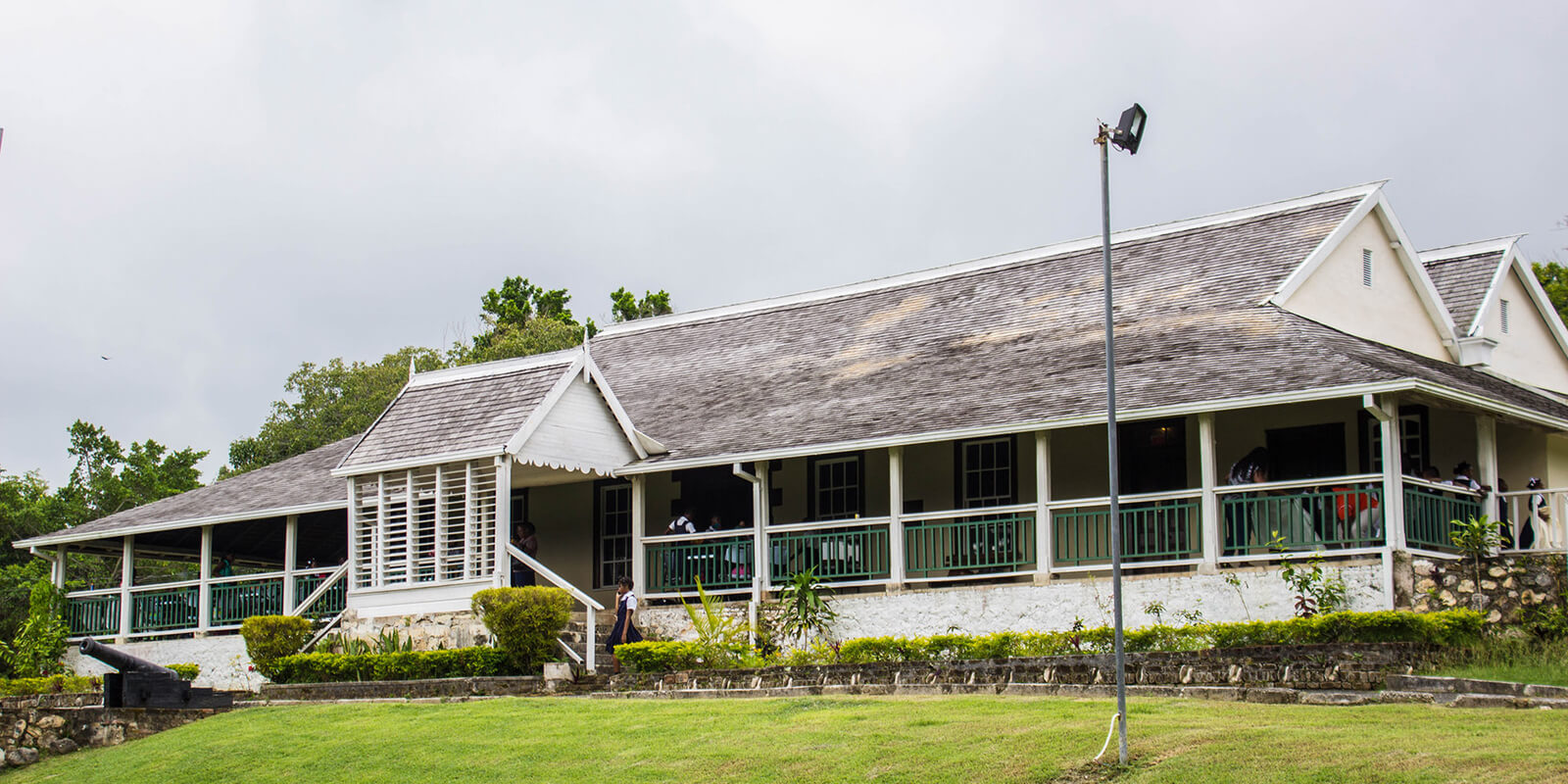


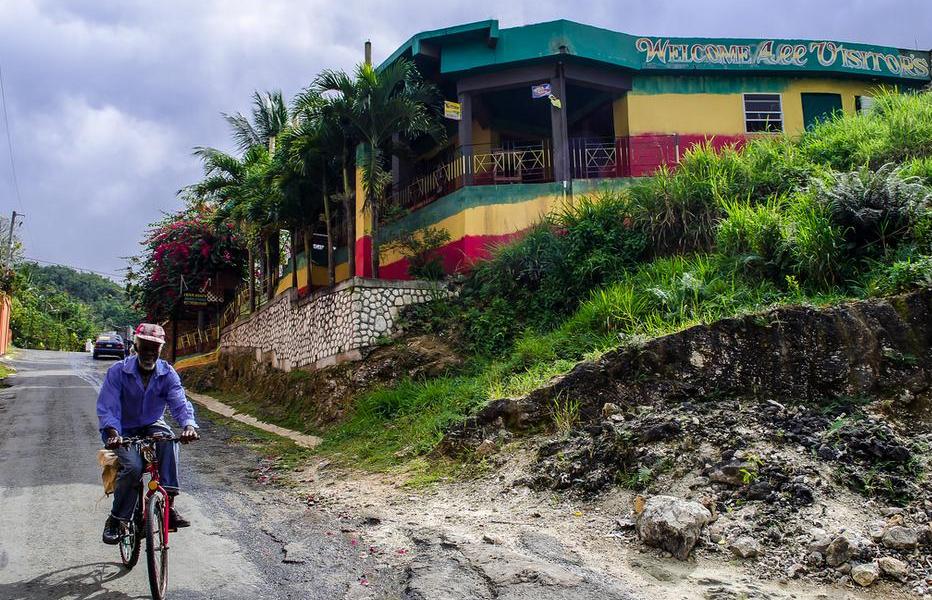
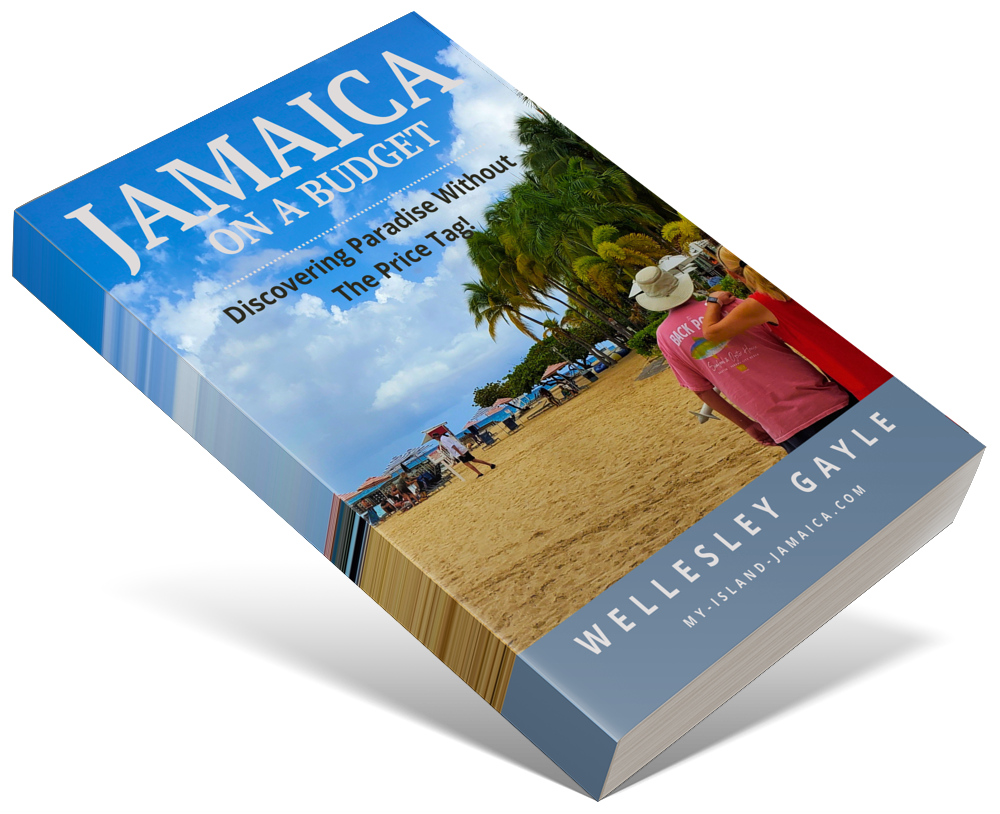


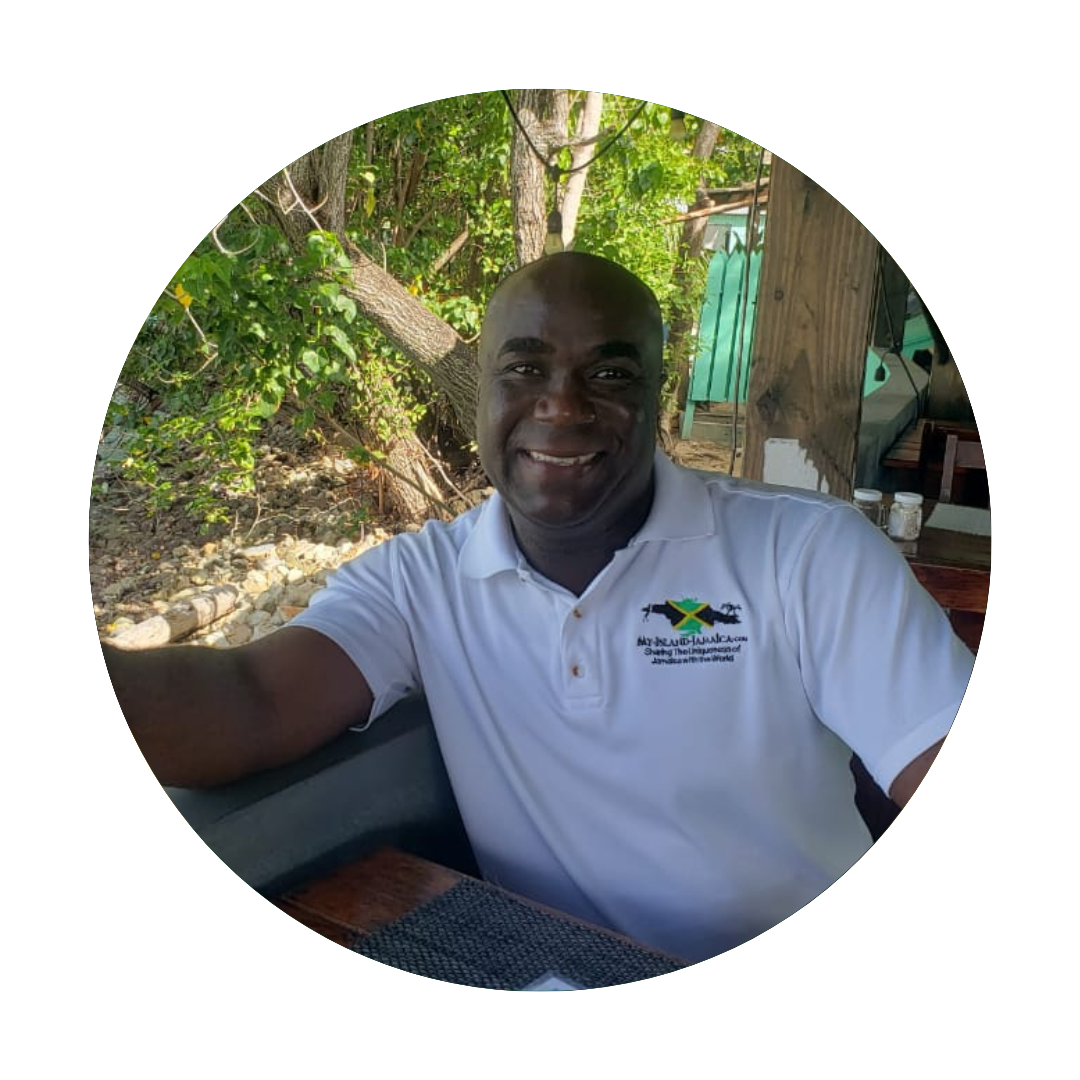
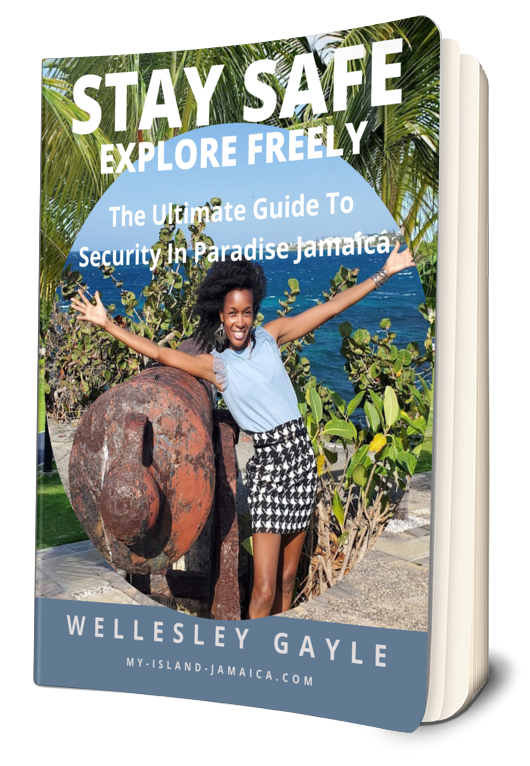
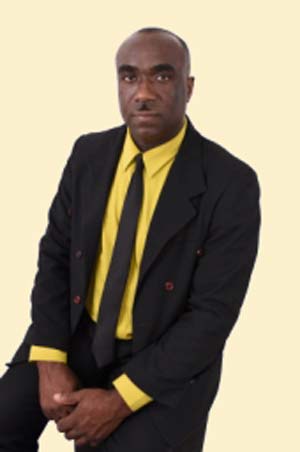
New! Comments
Have your say about what you just read! Leave me a comment in the box below.